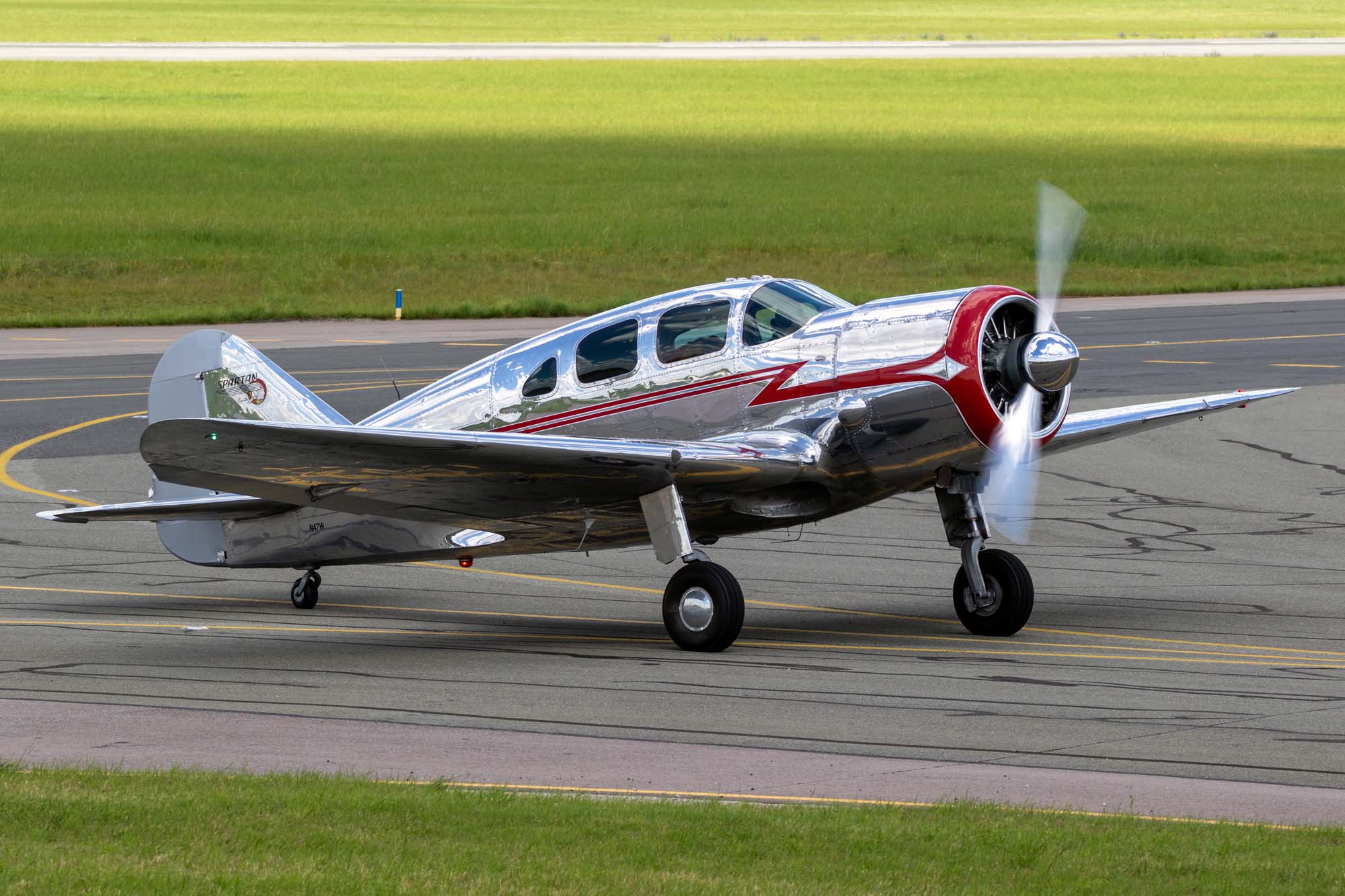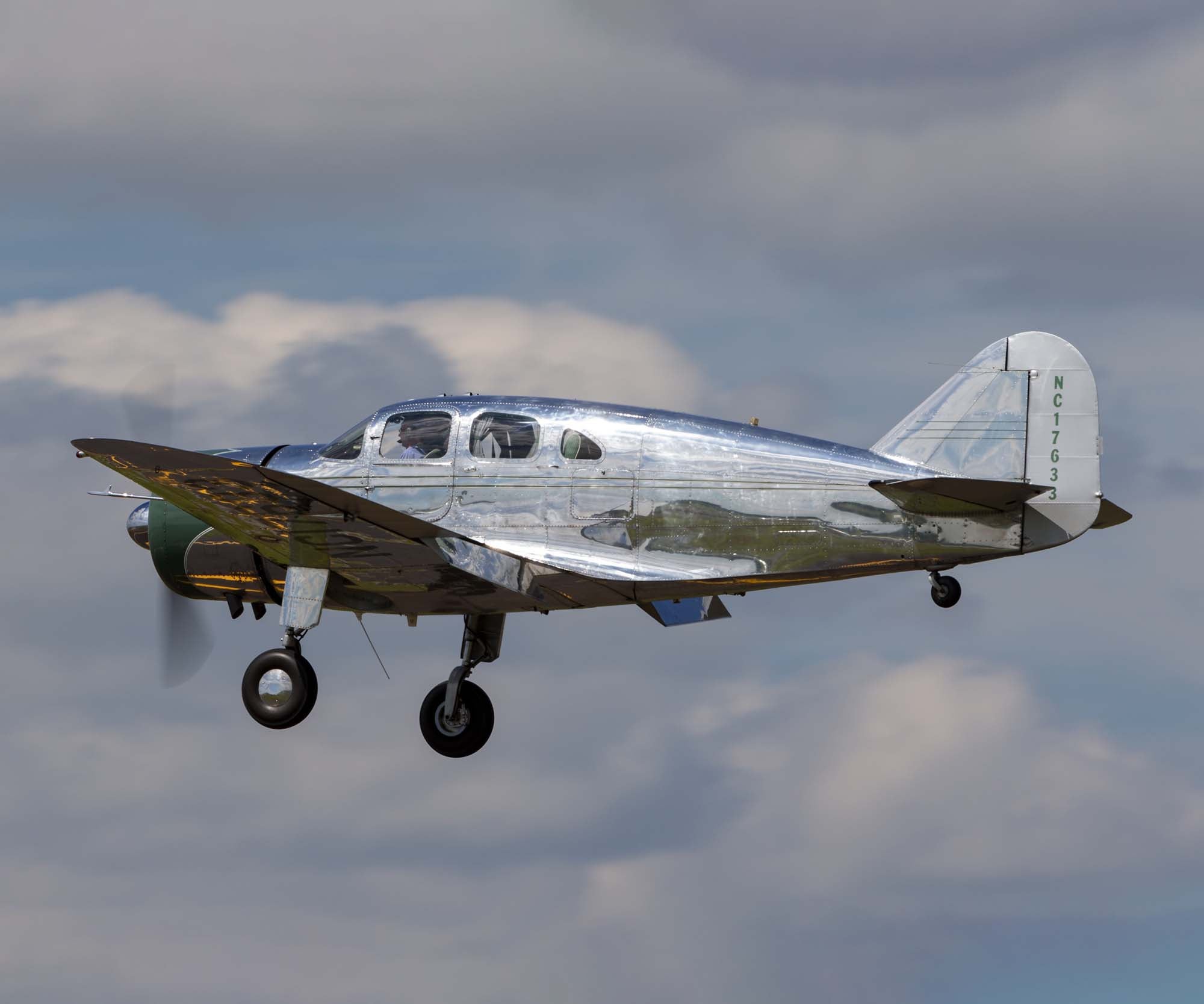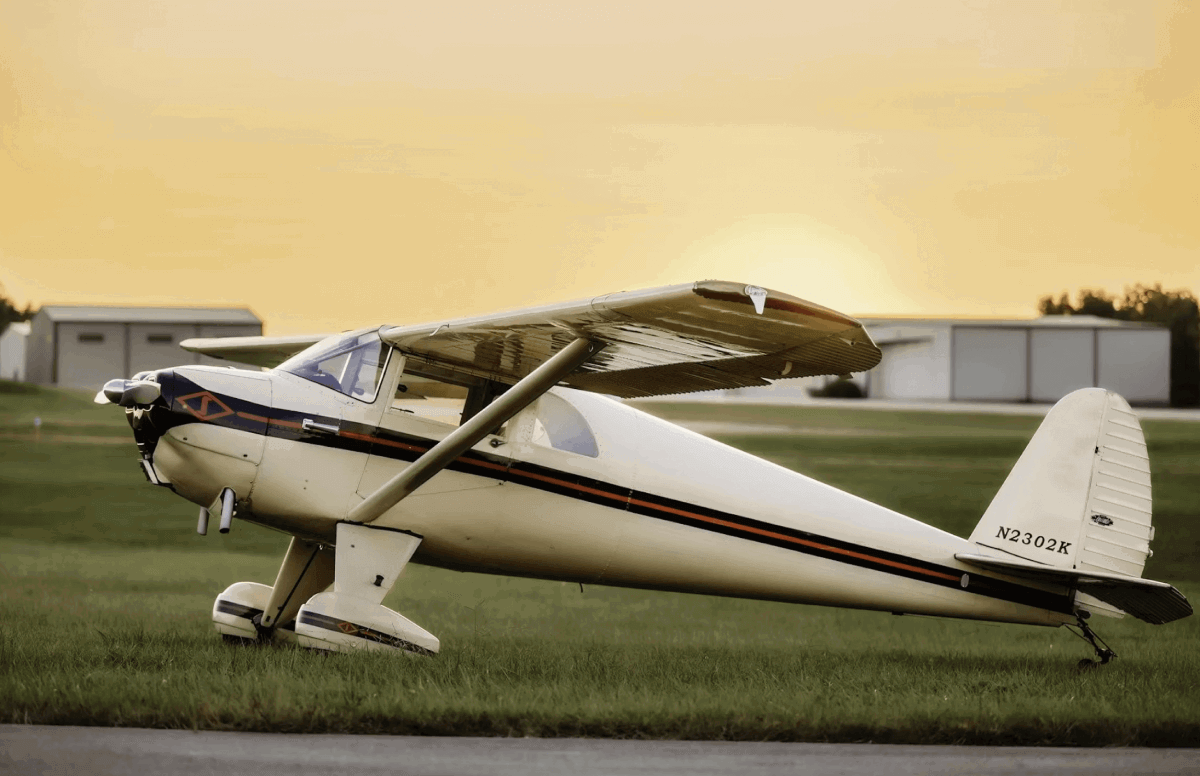With the introduction of the Cirrus SR22T in 2010, general aviation had a truly modern, high-flying, personal airplane that could fly at over 200 mph and make reliable long-distance travel a reality for the single-engine piston set. However, if we turn back the clock nearly 90 years, wealthy Tulsa, Oklahoma, oil magnate William Skelly created an airplane that matched each of these achievements. He called it the Spartan Executive.
The 1930s are often regarded as the golden age of aviation. Despite the hardships of the Great Depression, airline travel was coming of age with the arrival of the fast, safe, and comfortable Douglas DC-3. Air racing was in the headlines, with the Thompson, Bendix, and Schneider trophy races regularly won at speeds in excess of the front-line military biplane fighters of the time.
However, the rudimentary road systems, nearly three decades before the arrival of the first interstate highways, and the needs of those wealthy enough to afford private travel to far-flung business interests, produced some remarkable airplanes. The classic Beech Staggerwing, Howard DGA series, Stinson Reliant, and the Fairchild Model 45, all constructed of traditional materials, provided speed and comfort. However, Skelly, founder and president of Skelly Oil, decided to move GA into the future with the Spartan Executive.
Today, as in the late 1930s, a [Spartan] Executive on the ramp will draw an admiring crowd.
Skelly saw the promise of personal aviation. In 1928, he founded the Spartan School of Aeronautics to train pilots and mechanics and the Spartan Aircraft Company to design and build aircraft. Though not a pilot, Skelly saw a need for a fast and reliable executive travel machine. The result was an elegant monoplane design featuring aluminum construction, retractable landing gear, unique tapered wingtip, and plush cabin environment.
The exterior design can best be described as the “Streamline Moderne” era of the art-deco school. Other prominent examples of this design philosophy during the 1930s were the aerodynamic Chrysler Airflow sedans, the classic Cord automobiles, and the beautiful Mercury Streamlined Locomotives. Each took their cue from the aerodynamic high-performance aircraft of the day, and the Spartan Executive was on the leading edge.
Power for the prototype, labeled the Spartan 7X Executive, was provided by a 260 hp Jacobs radial, later upgraded to 285 hp. This early design, also called the “Standard Seven,” featured a vestigial vertical stabilizer, ground adjustable propeller, and tight cowling that featured fairings for each rocker arm. The definitive variant, the production Spartan 7W Executive, earned its type certificate from the Bureau of Commerce in February 1937. It sported a supercharged 450 hp Pratt & Whitney Wasp Junior and an enlarged vertical stabilizer and rudder to match.

Similar to the Douglas DC-3, the Executive featured all-metal flaps extending across the aircraft’s belly. However, the Spartan’s belly flap was controlled separately from the wing flaps. The sturdy main landing gear retracted quickly into the forward wing roots, similar to the ubiquitous AT-6 Texan basic trainer. The ailerons, elevators, and rudder featured fabric covering stretched over lightweight aluminum frames. These fabric-covered flight controls were similar to those found on the Boeing B-17 and the emerging class of single-engine fighter planes.
In 1936, $24,000–$32,000 would purchase a Spartan 7W Executive and mark you as one of the top 1 percent of the era. Today, this translates to a cool half- to three-quarters of a million, right in Cirrus SR22 territory.
Your new Spartan cruised at just over 200 mph, climbed at 1,000 fpm, and had a service ceiling of 24,000 feet. Each of these specifications matched the DC-3 airliners of the day, except that you decided when and where to fly.
Then there was the Spartan’s ramp appeal.
The Executive’s futuristic aerodynamic lines, rivaled only by the contemporary 1937 Harlow PJC-2 monoplane, were accentuated by its polished fuselage, wings, and tail. Only two of the 36 Spartans left the factory with a full paint job. The streamlined art-deco design, rendered in polished aluminum, set a striking tone. Today, as in the late 1930s, an Executive on the ramp will draw an admiring crowd.
In all, 36 7W series aircraft were produced between 1936 and 1941. However, once the war started, 14 were pressed into military service, relabeled UC-71s. The British government acquired an additional six to train American pilots destined for Atlantic ferry duty or the Eagle Squadrons of the RAF. Remarkably, all but two of these militarized Spartans survived the war and returned to civilian hands. In the early 1950s, a few of the surviving Spartans returned to the factory for a major update, which included flush-wing leading edge rivets, electric flaps, 28-volt electrical systems, and various other updates. These freshly updated 7W Executives sported a distinctive gold Spartan emblem on each side of the cowling.

As with many aircraft lines, there were several variants. Two that stand out are the 12W Executive and the 8W Zeus. The 8W Zeus was a 1937 two-seat trainer featuring a tandem cockpit and a 600 hp Pratt & Whitney Wasp engine. However, the remainder of the airframe was all Spartan 7W. Unfortunately, only a single prototype was produced. A 12W tricycle gear variant was constructed after the war in 1946. However, Spartan management decided that the market for high-end luxury aircraft was less profitable than the series of lucrative Spartan travel trailers they were marketing. After the single tri-gear prototype, Spartan Executive production officially ended.
Fifteen of the 20 surviving examples of this airplane are in the U.S. today, two in England, one in France, one in Germany, and one in Russia. Of these, six to eight remain in flyable condition and many make it to EAA AirVenture each July.
If you are interested in learning more about the Spartan Executive, take a look at VintageSpartanAircraft.com. Many thanks to the website curator, Jim Savage, who provided valuable information for this column. So, as you walk the grounds at AirVenture next month, stop by this iconic 1930s all-metal monoplane that surely qualifies as an incredible plane.




